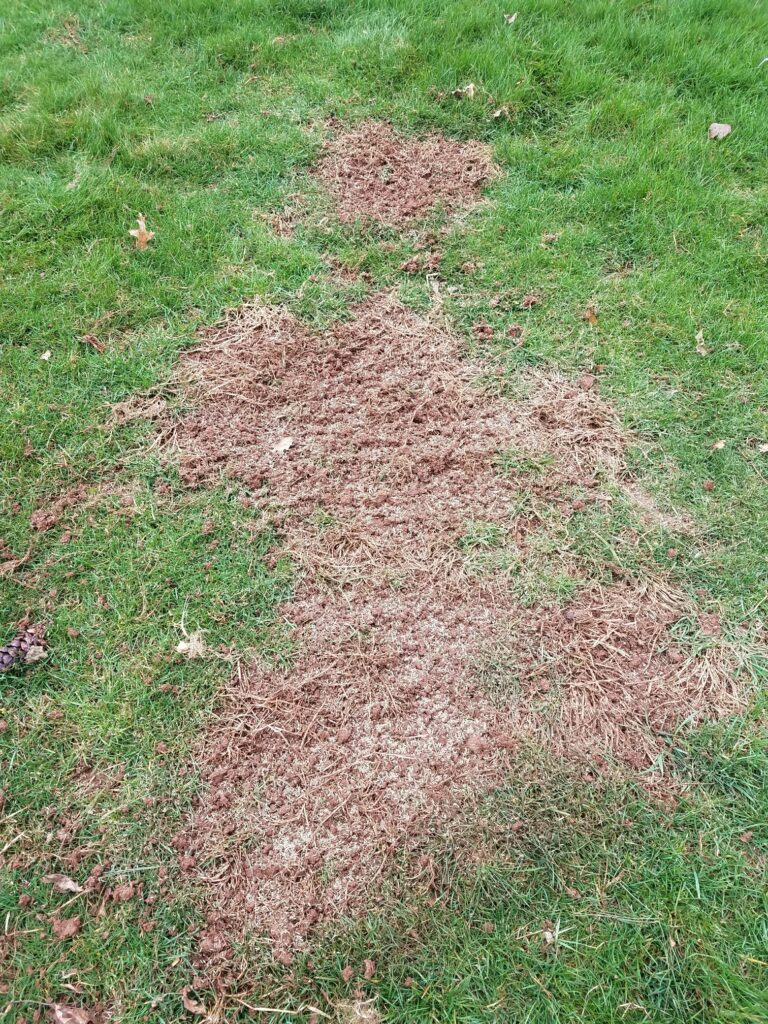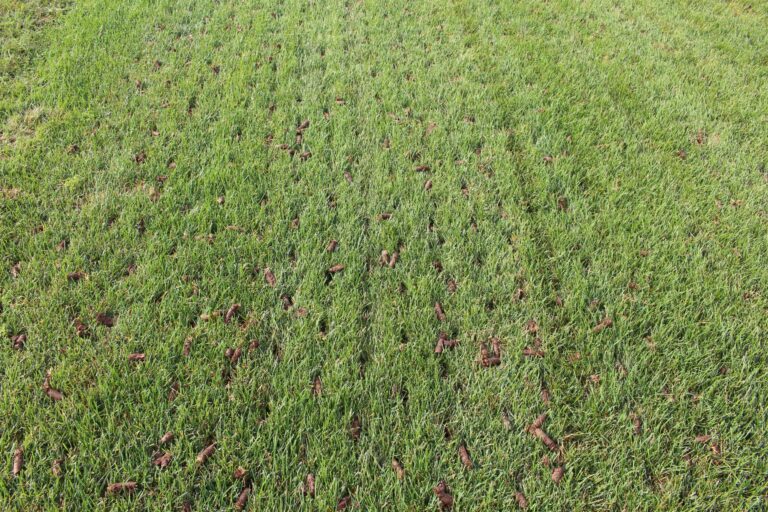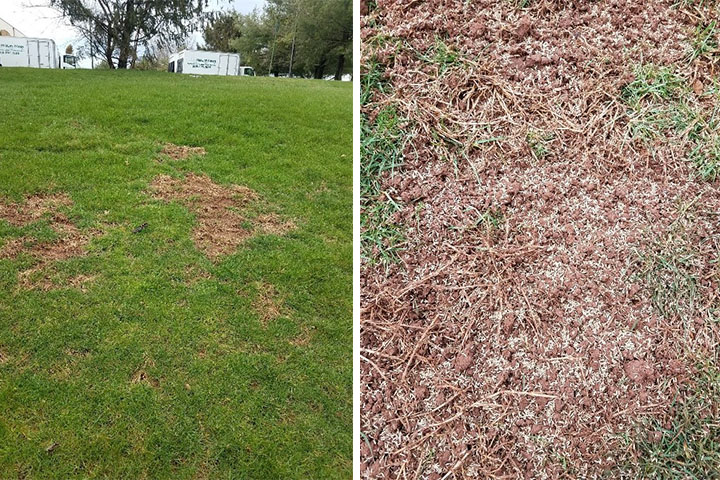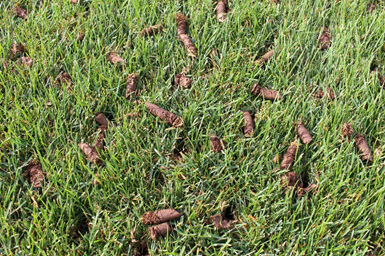
Feed Your Seed
Every year countless homeowners evaluate their lawn and decide it is time to seed. They warn their lawn care technician in hopes of having them avoid the newly seeded areas. While it is important that the lawn care applicator/technician be





